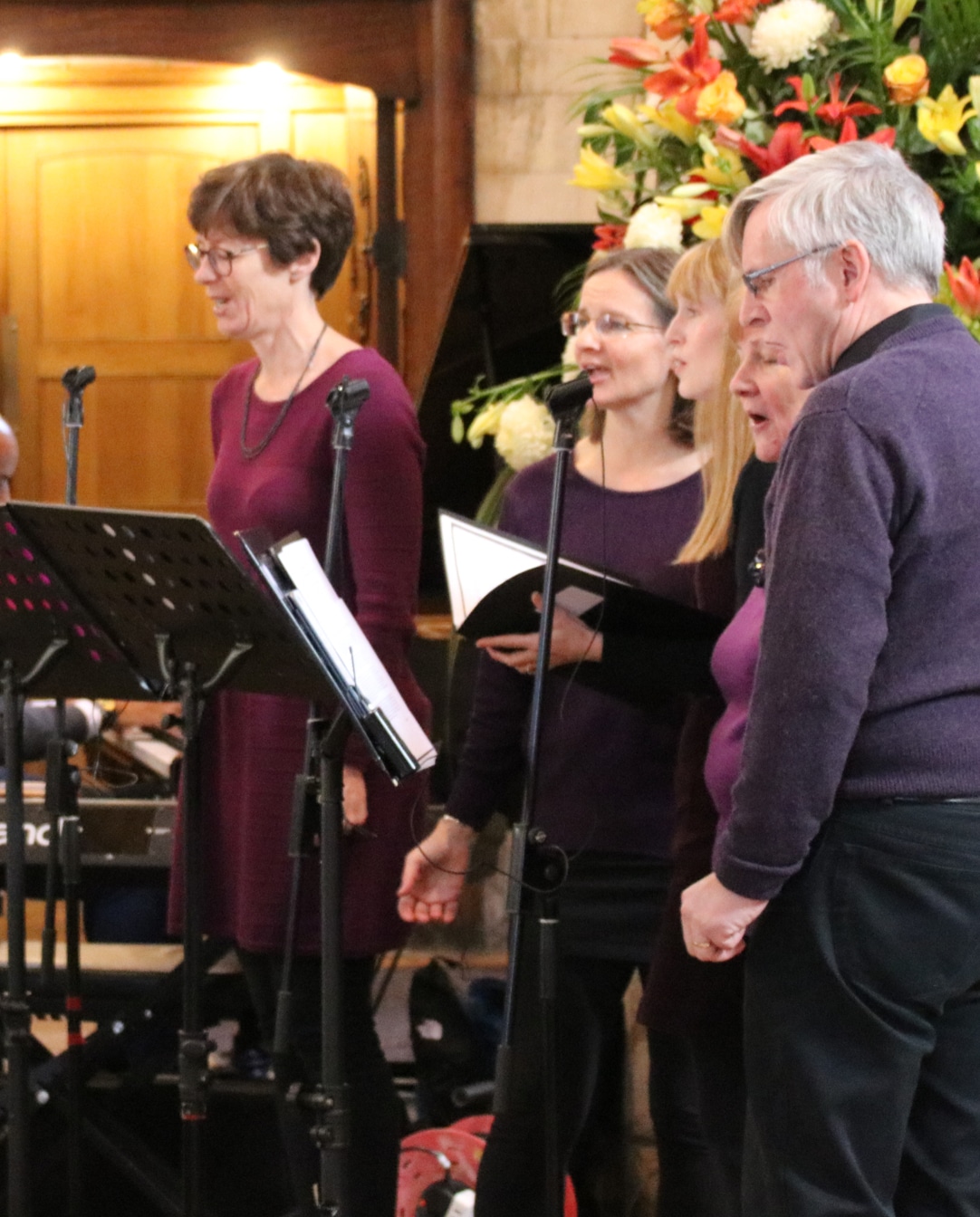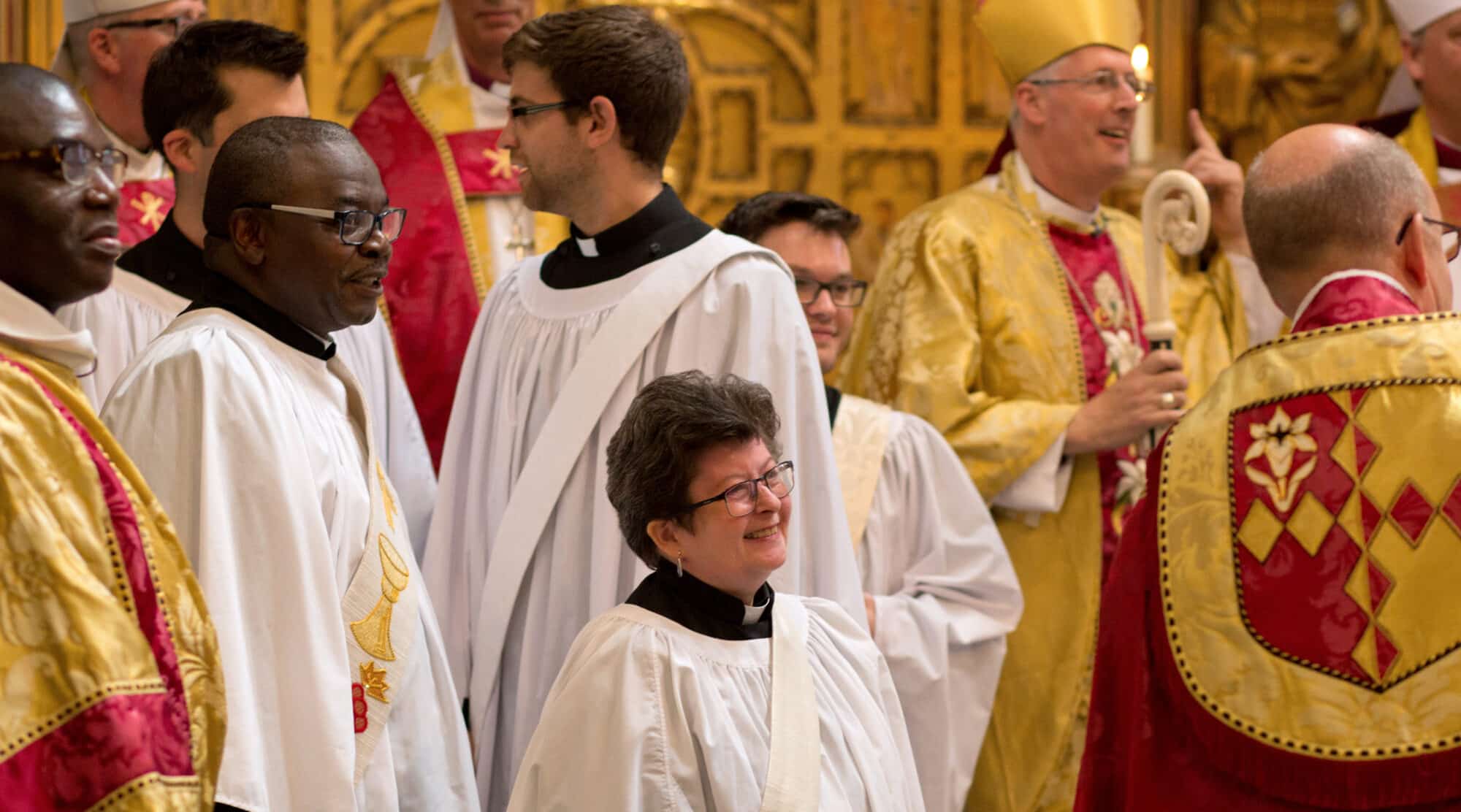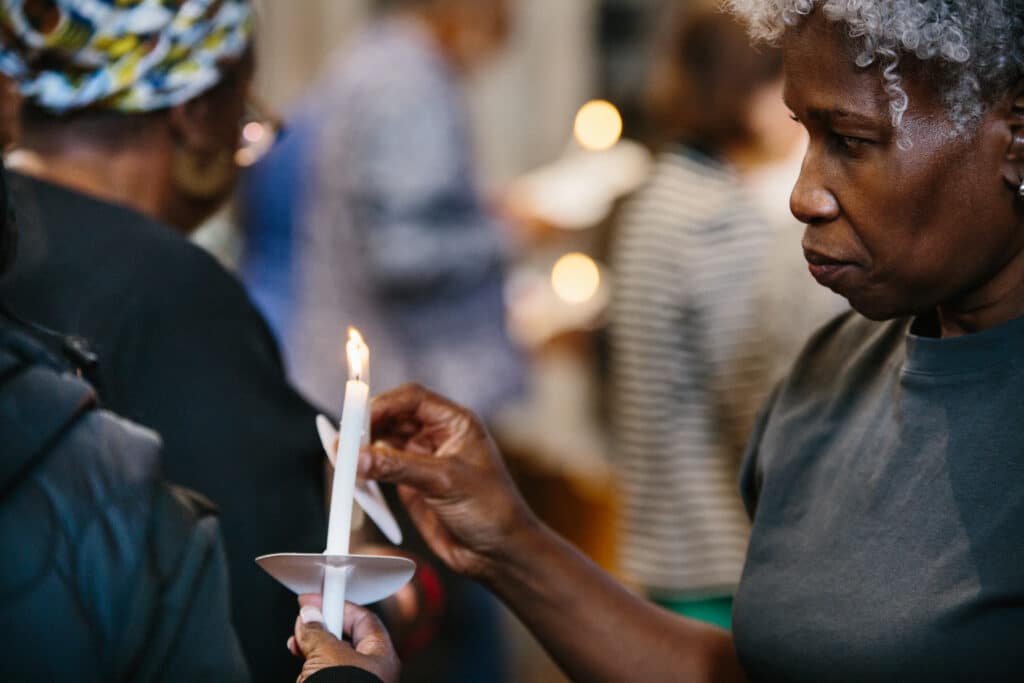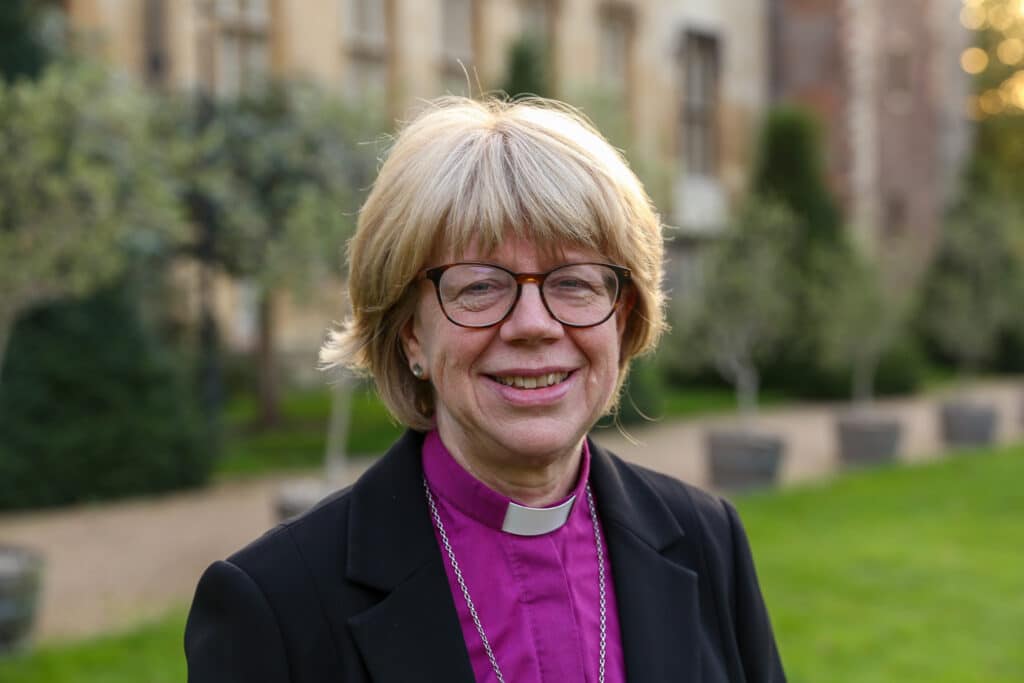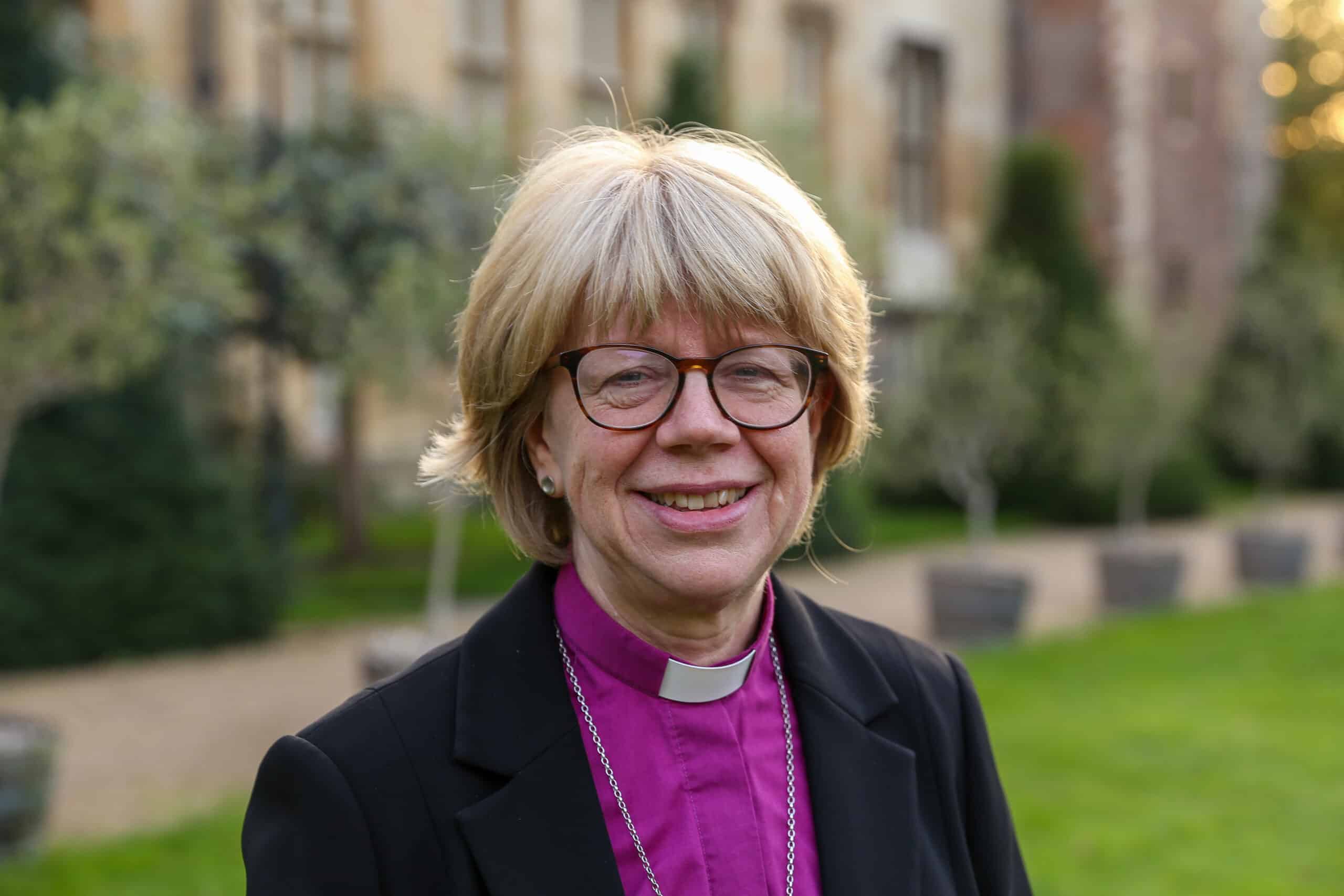
Blackheath Park, St Michael & All Angels
One reason for a change of lighting system is to save energy and reduce a church’s carbon footprint. With the Church of England’s commitments to go ‘Net Zero Carbon’, now is a good time for churches to switch to LED lighting. This should lead to significant reductions in electricity consumption and running costs as well as reducing a church’s environmental impact.

Upper Norwood, St John the Evangelist
Changing the lightbulbs themselves is the obvious place to begin. All churches should endeavour to replace lightbulbs with suitable LEDs, where that’s possible. To do this, the existing system’s fittings, wiring and controls need to be compatible with LED. If LED lightbulbs are retrofitted inappropriately, problems may occur, such as unwanted flickering, or not being compatible with existing controls – such as dimming systems. The life expectancy of the light fittings themselves should also be considered: installing new LED lightbulbs into old, out-dated fittings could prove a false economy.
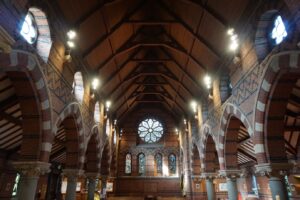
Cheam, St Dunstan
It’s important to choose established manufacturers, and products of good quality (particularly for more inaccessible light-fittings, e.g. those high up which can only be accessed by scaffolding). Cheaper LEDs may prove to be a false economy, as they may have a shorter lamp life.
Lighting controls can also be improved, so that lights are not left on unnecessarily. One energy-saving tip is to fit thermal or motion sensors for security lights and areas of the building such as kitchens and toilets – as well as sensors or timers for lights during church visiting hours, if the building is usually left open.
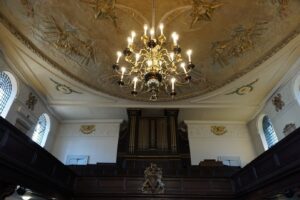
Southwark, St George the Martyr (Borough High Street)
Where retrofitting LED lightbulbs to an existing system is not feasible – or does not produce an optimal solution – then churches should explore installing a new lighting system. Of course, the undoubted numerous benefits of change do need to be weighed up against any unnecessary wastage from scrapping the existing system.
Although more costly up-front, generally it is the case that complete replacement of existing light fittings can be the better long-term solution. Replacing entire fittings with LED alternatives can drastically reduce the cost of running lighting by up to 80%.
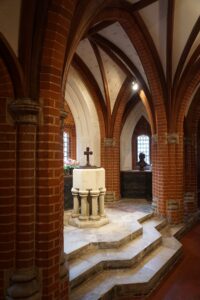
Sutton, Christ Church
‘Embodied carbon’ is the term for carbon associated with the materials – extraction, manufacture, transport, and installation of a product. To reduce embodied carbon in a lighting project, choose long-lasting quality products (lightbulbs, light-fittings and other components), consider waste disposal for redundant items (including any opportunities for recycling), and source products/ suppliers with a demonstrable low carbon footprint (those which use clean energy, low carbon supply chains and less transport).
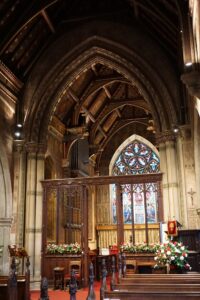
Beddington, St Mary the Virgin
The starting point for a project to change your church lighting to LED is make use of the ChurchCare online resources, as well as to seek advice from your Archdeacon, your church’s Quinquennial Inspector, and the DAC. Search ‘Lighting’ on churchofengland.org to find more information and support.
How can the DAC help?
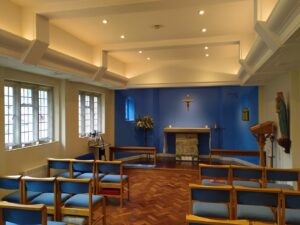
Shirley, St George the Martyr
The Diocesan Advisory Committee (DAC) has a wider role beyond just faculty applications. Churches can ask for assistance from DAC volunteers who are experienced and knowledgeable advisors in specialist areas. This free advice complements the role of the Quinquennial Inspecting architect/surveyor and other professionals whose services would otherwise be paid for by the PCC themselves. DAC staff can help by sharing knowledge of projects completed in other churches, putting you in touch with DAC advisors, suggesting sources of support, offering guidance and giving advice on grantfunding for projects. Archdeacons are also part of the DAC, and have much practical wisdom and knowledge to offer. Find out more and get in touch via the ‘Buildings and DAC’ section of our website.
How to fund a new LED lighting scheme?
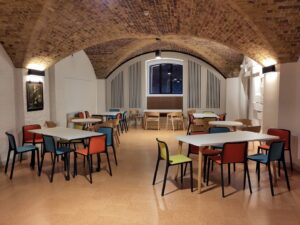
Waterloo Road, St John the Evangelist
LED lighting will improve the energy efficiency and environmental sustainability of the church building, to benefit its role as a place of worship and mission, wider community facility and the Church’s heritage. This means that converting church lighting to LED may attract the interest of charitable trusts and foundations – particularly church funders such as Benefact Trust and Marshall’s Charity; the National Lottery (Community Fund or Heritage Fund); the Landfill Communities Fund (facilitated by Entrust); and local authority funding and statutory grants, such as the London Community Energy Fund, and the Listed Places of Worship Grant Scheme. Smaller projects may also be eligible for new funding distributed by our diocese under the ‘Quick Wins’ and ‘Buildings for Mission’ minor grants schemes. Simply go to the Grants webpage for more information.
Luke Tatam
DAC Secretary
